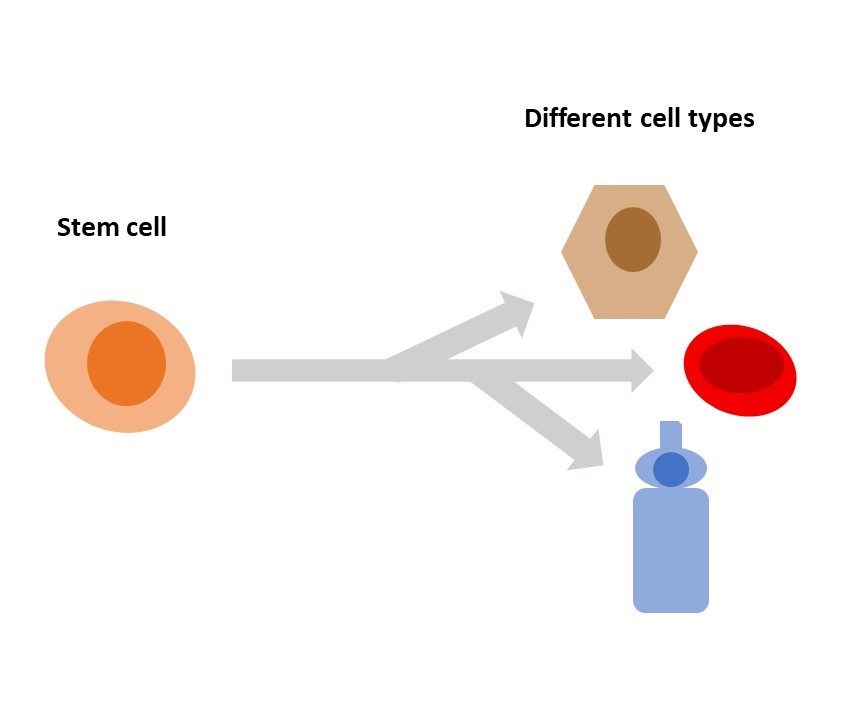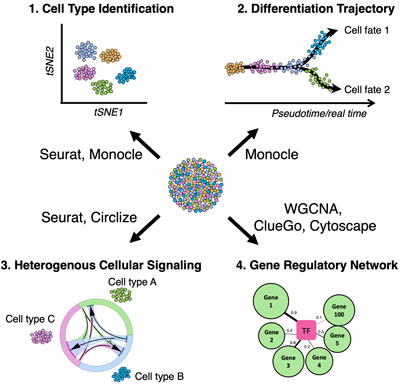Table of Contents

[/image][=video]
[/video]
Most sites utilized for bone marrow harvesting lie in the hip bones and the sternum. The procedure happens in the operating space. The benefactor will be anesthetized throughout the harvest and will certainly not really feel the needle. In recuperation, the contributor may experience some pain in the areas where the needle was inserted.

If an autologous transplant is prepared, formerly collected stem cells, from either outer (apheresis) or harvest, are counted, evaluated, and ready to infuse. The prep work for a bone marrow transplant differ depending upon the sort of transplant, the disease needing transplant, and your resistance for sure medicines. Take into consideration the following: Many commonly, high dosages of radiation treatment and/or radiation are consisted of in the prep work.
This therapy is commonly called ablative, or myeloablative, due to the effect on the bone marrow. The bone marrow generates most of the blood cells in our body. Ablative treatment prevents this procedure of cell production and the marrow comes to be vacant. A vacant marrow is required to make room for the new stem cells to expand and establish a new blood cell production system.
It is not a surgery to place the marrow right into the bone, however is comparable to receiving a blood transfusion. The stem cells find their way into the bone marrow and begin reproducing and expanding brand-new, healthy blood cells. After the transplant, supportive treatment is given to protect against and deal with infections, adverse effects of therapies, and complications.
Perimenopause Treatment local to Auburn Hills
The days prior to transplant are counted as minus days. The day of transplant is thought about day absolutely no. Engraftment and recovery following the transplant are counted as plus days.
The days are numbered to assist the patient and household understand where they remain in terms of risks and discharge preparation. During infusion of bone marrow, the person may experience the following: Discomfort Chills High Temperature Hives Chest pain After infusion, the person might: Invest numerous weeks in the medical facility Be really prone to infection Experience extreme bleeding Required blood transfusions Be restricted to a clean environment Take numerous anti-biotics and other medications Be provided medicine to avoid graft-versus-host diseaseif the transplant was allogeneic.
Relying on the type of transplant and the illness being treated, engraftment typically happens around day +15 or +30. Blood matters will certainly be checked frequently throughout the days complying with transplant to evaluate initiation and development of engraftment. Platelets are normally the last blood cell to recover. Engraftment can be delayed as a result of infection, medications, reduced given away stem cell matter, or graft failing.
Prescription antibiotics, antifungal medicines, and antiviral medications are typically offered to try to avoid significant infection in the immunosuppressed patient. Thrombocytopenia (low platelets) and anemia (low red blood cells), as a result of a nonfunctioning bone marrow, can be unsafe and also deadly.
Discomfort relevant to mouth sores and intestinal (GI) irritation prevails. High dosages of chemotherapy and radiation can create extreme mucositis (swelling of the mouth and GI system). Fluid overload is a problem that can cause pneumonia, liver damage, and hypertension. The primary factor for liquid overload is due to the fact that the kidneys can not stay up to date with the huge amount of liquid being given up the type of intravenous (IV) medicines, nourishment, and blood products.
Hormone Therapy

Respiratory system status is an important feature that may be endangered throughout transplant. Infection, swelling of the airway, fluid overload, graft-versus-host illness, and bleeding are all potential deadly complications that might happen in the lungs and lung system. The liver and heart are very important body organs that may be damaged throughout the transplantation process.
Failure of the graft (transplant) taking hold in the marrow is a prospective complication. Graft failing may occur as an outcome of infection, recurring illness, or if the stem cell matter of the contributed marrow was insufficient to create engraftment. Graft-versus-host condition (GVHD) can be a major and deadly complication of a bone marrow transplant.
As opposed to a body organ transplant where the person's immune system will certainly try to decline just the hair transplanted organ, in GVHD the brand-new or transplanted body immune system can assault the whole patient and all of his or her body organs. This is because the new cells do not recognize the cells and organs of the recipient's body as self.

The most common websites for GVHD are GI system, liver, skin, and lungs. Prognosis significantly depends upon the following: Type of transplant Kind and extent of the condition being treated Disease reaction to treatment Genetics Your age and overall wellness Your tolerance of specific medications, treatments, or treatments Extent of problems Similar to any kind of procedure, in bone marrow transplant the diagnosis and lasting survival can vary greatly from person to individual.
Medical Group around Auburn Hills
Continuous follow-up treatment is vital for the patient following a bone marrow transplant. New approaches to enhance therapy and to reduce complications and negative effects of a bone marrow transplant are continuously being found.
Regenerative medicine treatments can be split into 3 categories: promote healing by infusing or positioning online cells right into the client. Instances of mobile treatment consist of PRP and stem cell treatments, which can be made use of to treat tendinopathy and other sports injuries.
Phys Med Rehabil Clin N Am. 2014; 25( 4 ):881 -95. As time passes, private doctors find out and share info, improving the application of these treatments. See Are PRP Injections Effective?Until more is recognized, regenerative medication therapies are ruled out typical method and insurance strategies generally do not cover them. Lots of individuals want to pay out-of-pocket. is advancing swiftly with advancementsin stem cells, gene treatment, and tissue design. This post explores these innovative techniques, highlighting their transformative capacity for tissue and body organ repair work. are positioned to revolutionize clinical therapies and boost individual end results. Cell regrowth, the procedure of restoring lost cells to recuperate regular function, varies across various tissues and body organs. In Drosophila larval wing discs, cells immune to apoptosis help cells regrowth. Computer mouse figure pointer regrowth is mediated by the blastema, consisting of numerous progenitor cells, as highlighted in this study.: The diversity of cells within a cells can influence regeneration. Peripheral nerves, for instance, include Schwann cells, nerve fibroblasts, and immune cells, each contributing in nerve regrowth, as reviewed here. These aspects communicate dynamically, making cell regrowth an intricate process that differs based on the certain tissue or organ. Cell regeneration plays a vital function in preserving the body's total wellnessand health. It is accountable for repairing and replacing broken or aging cells, making certain the appropriate functioning of body organs and cells. Efficient cell regrowth treatment can significantly affect the treatment of various medical conditions, consisting of degenerative conditions, injuries, and even the aging process. Numerous considerable landmarks have noted the progress of cell regrowth research study. In the late 18th century , Italian biologist Lazzaro Spallanzani conducted pioneering experiments on the regrowth of amphibian limbs, giving proof for the regenerative ability of specific organisms. In the 20th century, the exploration of stem cells by Canadian scientists Ernest McCulloch and James Till revolutionized the field. Harold E. Varmus, who played an essential function in illuminating the genetic basis of cancer cells, and Dr. Michael S. Brown and Dr. Joseph L. Goldstein, who uncovered the duty of low-density lipoprotein (LDL) receptors in cholesterol metabolic process. Stem cell treatment is one of one of the most thoroughly looked into and appealing branches of cell regrowth treatment. This irritant triggers a local inflammation response, which motivates the release of growth aspects and the recruitment of regenerative cells. Over time, the regenerative cells assist in the repair service and regrowth of damaged tissues, providing alleviation to individuals experiencing from persistent musculoskeletal discomfort or joint instability. Cartilage material regrowth therapy concentrates on restoring damaged or deteriorated cartilage material, which plays an essential duty in joint function and movement. Some cells, such as epithelial cells in the skin or the lining of the intestinal system, have a high turn over rate and can regenerate rapidly. On the other hand, cells in the central anxious system, such as nerve cells, have limited regenerative ability. This difference is mostly as a result of the complexity of the cells, the visibility of inhibitory elements, and the mobile environment. Cell regrowth treatment provides appealing solutions for increasing injury recovery and treating numerous injuries.
Navigation
Latest Posts
Hormone Therapy around Auburn Hills
Regenerative Therapy local to Auburn Hills, Michigan
Regenerative Therapy